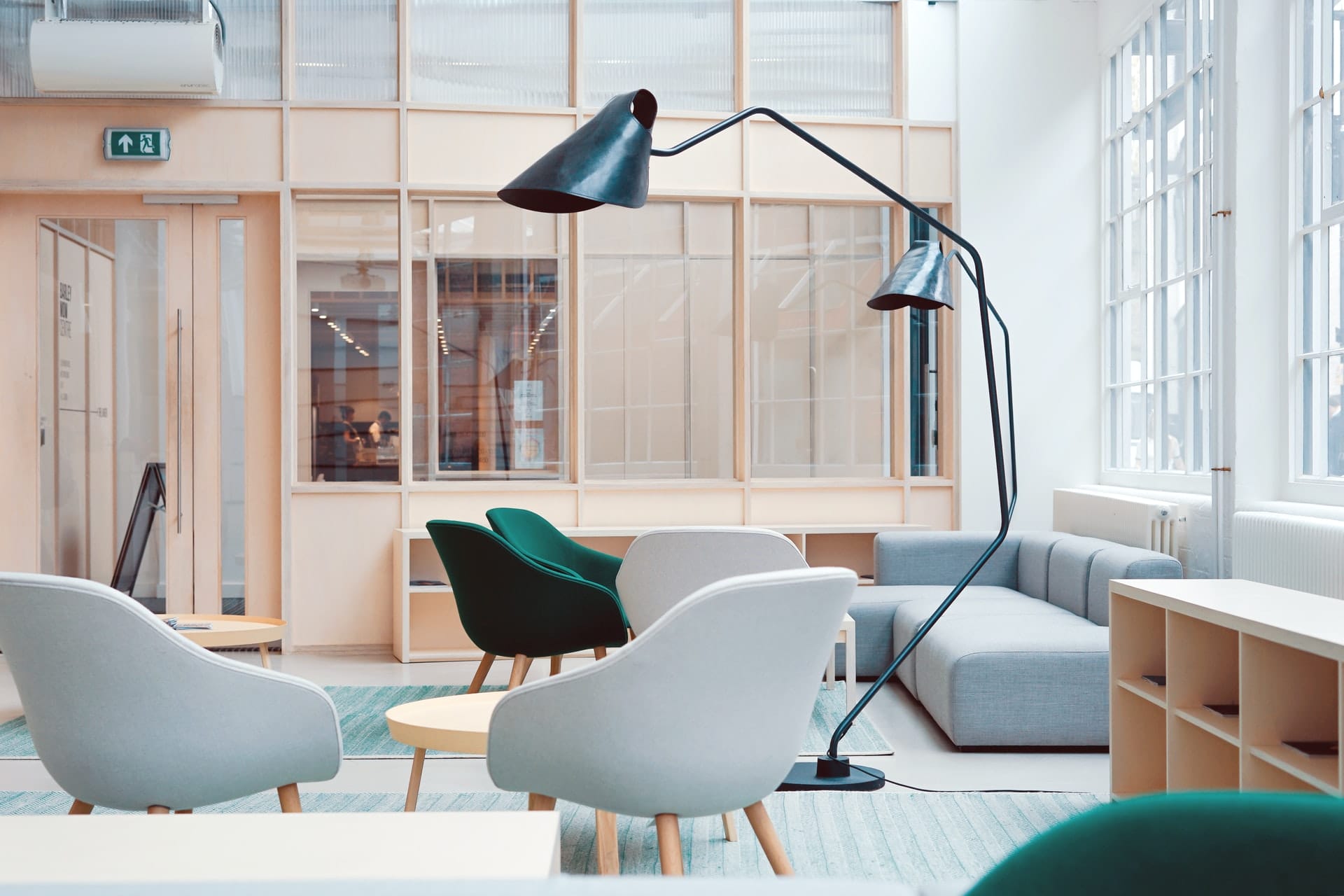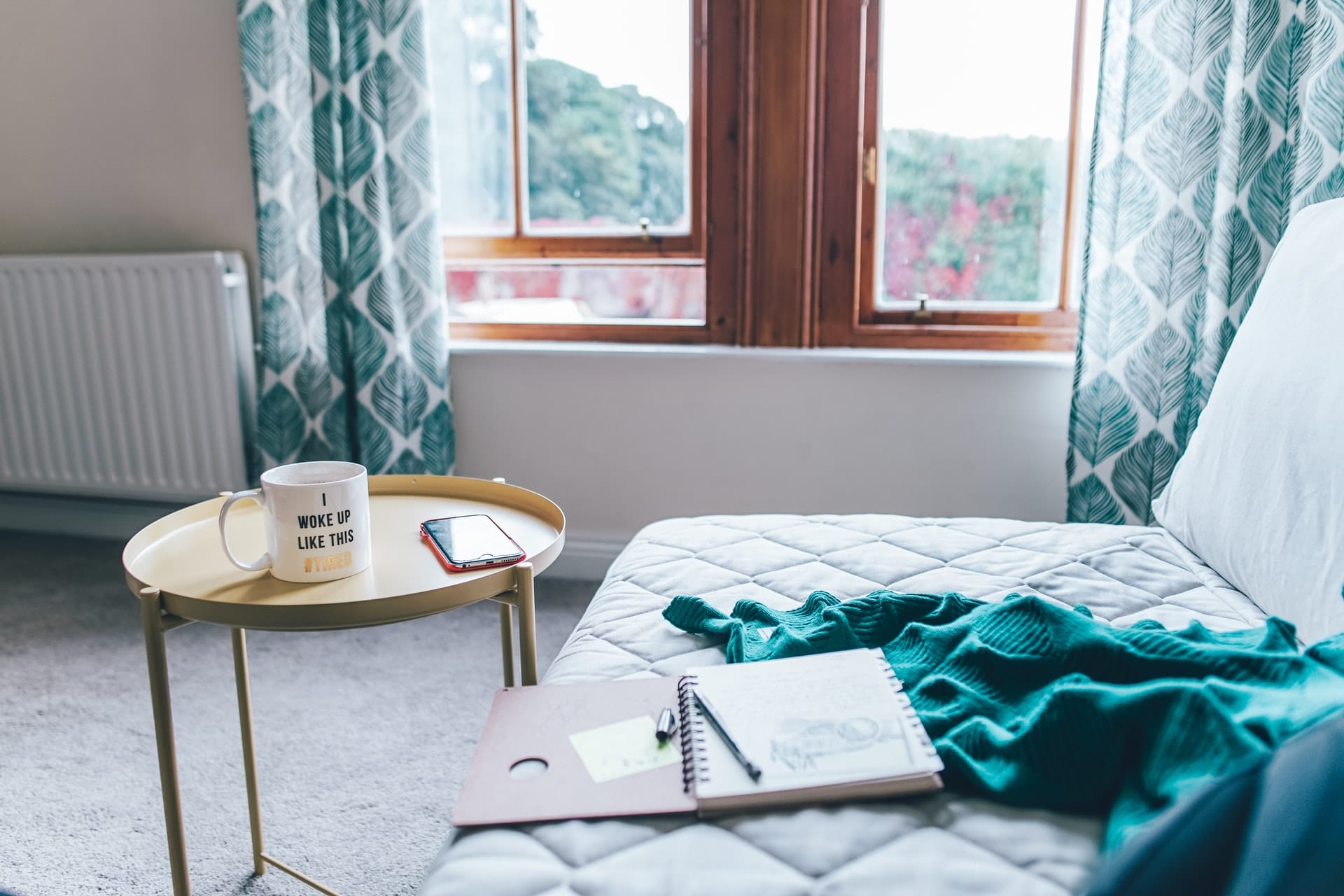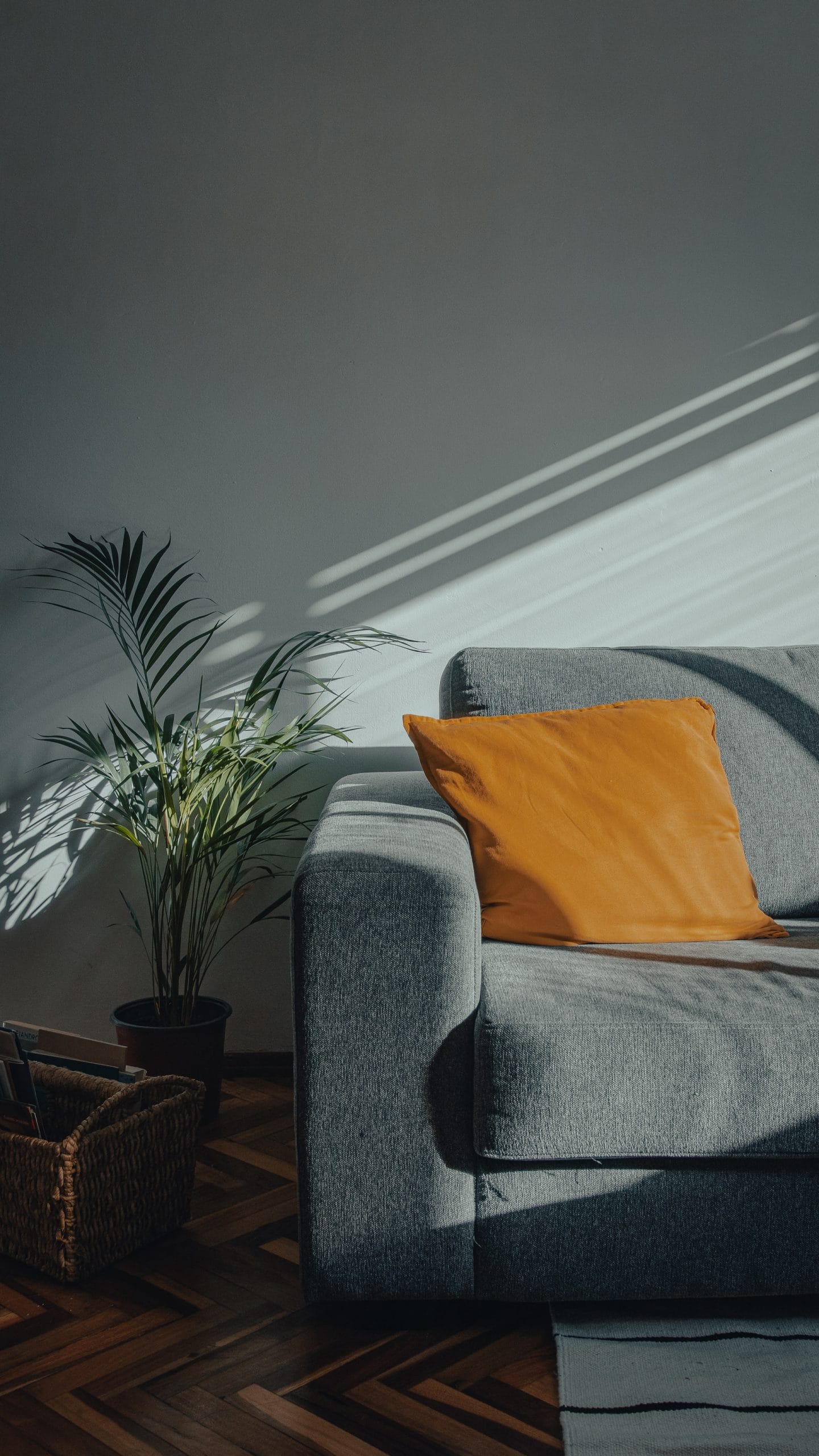You did it! Your new home or renovation is finished, and all that’s left filling up this gorgeous new space. Everybody knows that getting the right furniture and decorations is one of the most important parts of this process, but not many people know that finding the right way to arrange them is just as important. Arranging your furniture right does more than just improve the aesthetics of your room and create more positive energy. It also affects more important things in your daily life. For example, if you’ve got a big family or one that is generally pretty busy and energetic, you don’t want to be tripping over furniture or constantly walking into things.
How Should You Arrange Your Furniture?

Selecting and arranging your furniture is one of the final, and arguably most exciting, steps of designing and decorating your home. Misplacing big and heavy furniture can be pretty inconvenient unless you have the tools or manpower on stand-by to keep adjusting it until you’re satisfied.
While mistakes are definitely fixable, especially with smaller and lighter pieces, wouldn’t it be better to get it right from the beginning? The more often you move the furniture, the more likely you’ll be to scratch, dent, or break it. If you think it’s better to do things right off the bat, consider consulting the designers at Winthorpe Design and Build.
We’ve been in the business for over 30 years and have quite a bit of experience we can apply to your furnishing situation. We’ve also seen and worked on hundreds of room layouts, which means wel know exactly what will and won’t work for your space.
Consider Your Routine

There are many things to consider when arranging your furniture: aesthetics, Feng Shui, lighting, mood, and overall visual effect. Still, the most important thing to consider when arranging your furniture is usability. Your daily routine, habits, and needs should be the first thing you consider when making any designing decisions, not just furniture arrangement.
Families with several members or those who have frequent guests and keep things busy with a lot of bustle won’t want much furniture toward the center of the room. In these cases, we recommend putting the big pieces (couches, desks, tables, bookshelves, beds, etc.) against a wall if possible. This is especially true for any furniture (typically tables) made of glass, as frequent bumps or one mishap could break it.
On the other hand, if you’ve got limited wall space available and don’t have the ability to put all of your furniture against a wall, you may need to place it further into the room. In that case, try to leave enough space between the wall (or furniture butted against it) and the pieces further into the room for people to walk through. Usually, a good rule of thumb for this is to leave approximately 2.5 times what it takes for one person to fit (so that two people can pass without worrying about bumping into each other).
Consider What the Space will be Used for
Similar to the last point, most people have a way of living that is unique compared to everyone else. If your friend or a family member has a similar space to yours and you like their furniture layout, feel free to try it. It may be perfect for you, too. But keep in mind that if they have different priorities for their room it may not work as well for you as it does for them.
For example, a family that watches a lot of TV and uses a lot of electronics rather than prioritizing conversation and socialization will have different needs than another family. There’s nothing wrong with either one, but the difference in the layout they’ll need could be significant.
The family focused on electronics, for example, probably won’t have all the couches and seating facing each other, because then only a few spots in the room will be able to see the screen. Instead, it would be better for them to face the seating towards the screen, maybe with a slight angle so talking and discussion aren’t impossible.
On the other hand, the family that values conversation and communication over all else probably is going to want their seating facing each other. That will allow everyone to see and hear each other clearly without having to cram onto one couch.
Finding and forming a good balance (both symmetrically and spatially) is also a good idea. It helps the flow of foot traffic and can make the energy of the room more comfortable and welcoming. The human mind tends to find satisfaction in evenness, and visuals with poor balance can cause discomfort and make it difficult to focus.
Winthorpe Design and Build
For further advice and tips on how to arrange your furniture in the most beneficial manner, or for designing tips in general, you’ve come to the right place. Winthorpe Design and Build has over three decades of experience in designing and hands-on building and we’ve seen first-hand how furniture layouts can affect the functionality of a room. Feel free to contact us and schedule a virtual consultation today!






